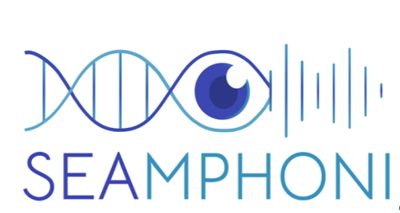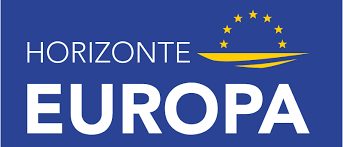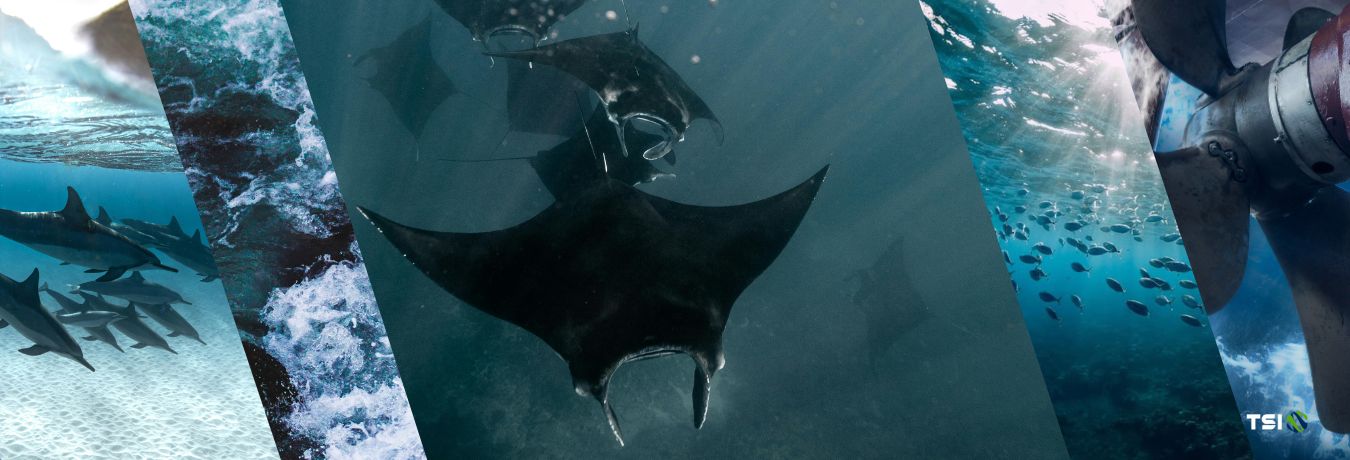Project References
SEAMPHONI Project

“Technology to listen to the sea. Science to protect it.”
SEAMPHONI – (Smart Environmental Acoustic Monitoring Platform for the High seas and Other Natural marine areas of Importance).
The oceans cover more than 70% of the planet, but we know very little about what goes on inside them. Monitoring these areas is often expensive, time-consuming and limited. Today, it depends entirely on the work and effort of scientific vessels that cannot always be commissioned in time.
This lack of information distances us from the problem. Because if we don’t see it, we don’t feel it. And if we don’t feel it, we can’t protect it.
On top of all this, the regulations in place to preserve marine biodiversity are often complex and, unfortunately, also often uncoordinated.
The European Union and some research centres are calling for change. Thanks to this project, it will be closer.
We want you to experience the ocean firsthand — not just see it, but feel it, hear it, and truly immerse yourself in its essence.
Sound 1
Sound 2
Sound 3

The SEAMPHONI project is part of the Horizon Europe programme, within the mission ‘Restoring our oceans and waters’, funded by the European Union through the HORIZON-MISS-2024-OCEAN-01 call. This mission drives transformative projects that address the planet’s major environmental challenges, and positions SEAMPHONI as a key initiative to protect marine biodiversity, improve ocean governance and move towards a more sustainable blue economy.
of marine biodiversity in the open sea with fewer expeditions.
to assess the impact of radiated noise in the water.
to identify marine fauna from the DNA present in the water.
that models the ocean in real time to anticipate changes and make better decisions.
¿What is SEAMPHONI?
SEAMPHONI – (Smart Environmental Acoustic Monitoring Platform for the High seas and Other Natural marine areas of Importance). It is a smart marine monitoring platform. A system that combines science, technology and data to monitor the ocean without the need to be physically there.
Its main objective is to provide visibility and safeguard the vast and largely unprotected offshore marine areas, as current approaches to mapping marine biodiversity in the high seas rely heavily on research vessels, which makes them costly and does not allow for continuous monitoring.
What are SEAMPHONI’s objectives?
-
Monitor marine biodiversity in the high high seas less relying on expeditions. Deploy an innovative system combining environmental DNA, underwater acoustics and underwater imagery to obtain continuous and reliable data on the most remote ecosystems.
- Develop a Smart Digital Marine Twin connected to EDITO. Build a real-time, dynamic, virtual replica of the ocean, interoperable with the European Digital Ocean Twin (EDITO), to better understand its functioning and anticipate impacts.
-
Measure and reduce the acoustic impact of human activity at sea. Assess how underwater noise from ships and wind farms affects biodiversity, and design mitigation solutions based on real data and predictive modelling.
-
To lay the foundations for new marine protection policies. Generate rigorous knowledge to help identify priority areas, improve Marine Protected Areas and move towards a clearer and more coordinated regulatory framework.
-
Reconnect society with the ocean through science and art. Translating data into empathetic experiences, using artistic strategies to bring the sea – even the most distant – closer to those who cannot see it, but can protect it.
In which sectors/areas could they be applied?
The project has been funded by the EU within the Horizon Europe framework programme in a call for Missions, specifically in the Mission ‘Restoring our oceans and waters’. Its theme is environmental protection, specifically knowledge, modelling and policy making for the protection of the marine environment, with a clear focus on offshore MPAs.
What technologies does it use?
The SEAMPHONI project is structured to promote the testing, coupling and validation of three innovative monitoring solutions:
- Environmental DNA (eDNA)
- Passive Acoustic Monitoring (Passive Acoustic Monitoring)
- Images of the underwater environment.
With which to build a shared observation system for scientists, decision-makers, Marine Protected Area (MPA) managers and citizens, in the form of an Intelligent Marine Digital Twin interoperable with the European Digital Ocean Twin (EDITO). TSI participates mainly by contributing its know-how and experience in underwater acoustics, both in monitoring and in simulation and analysis of the marine acoustic environment, especially the impact produced by anthropogenic noise. It also participates in the design, preparation and fine-tuning of the intelligent digital twin, in the preparation of new policies for the protection of marine areas, and in standardisation tasks.
Challenges and opportunities it faces:
SEAMPHONI will address the complexity of the regulatory framework governing marine conservation and the fragmentation of rights within these areas, assessing the limitations and highlighting the need for clearer frameworks and better coordination. The project will support the implementation of Particularly Sensitive Marine Areas (PSSAs) and advance the 2030 targets of the Global Biodiversity Framework (GBF).
It will also address the ‘emotional disconnect between society and aquatic ecosystems’ (EC report, 2021), especially in offshore areas where the principle of ‘out of sight, out of mind’ is most pronounced. Faced with the challenges of engaging citizens in remote marine areas, where traditional approaches to citizen science are impractical, SEAMPHONI has adopted an artistic strategy to engage citizens in the marine environment.
TSI’s role: experts in listening.
TSI participates mainly by contributing its know-how and experience in underwater acoustics, both in monitoring and in simulation and analysis of the marine acoustic environment, especially the impact produced by anthropogenic noise. It is also involved in the design, preparation and fine-tuning of the intelligent digital twin, in the preparation of new policies for the protection of marine areas, and in standardisation tasks. By harnessing and adapting these cutting-edge tools for offshore areas, SEAMPHONI will provide significant progress towards:
- More comprehensive and accurate mapping of European seas, with baselines for poorly studied areas.
- Faster and more continuous biodiversity monitoring.
- More accurate, predictive and sustainable modelling.
This will help identify and prioritise areas for protection and improve evidence-based assessments of:
- The health of marine ecosystems.
- The effects of various levels of protection and restoration measures on their functioning and services.
Significant contribution to R&D.
From TSI we are going to increase our knowledge and know-how of anthropogenic underwater noise impact models (offshore wind farms and maritime transport), as well as in the different mitigation measures that are going to be tested within the project, such as air bubble curtain systems among others. We will also have new IT technology related to digital twins that will surely be the basis for future projects in the same field.

Key project data
-
Dato Información Acronym SEAMPHONI Full name Smart Environmental Acoustic Monitoring Platform for the High seas and Other Natural marine areas of Importance. Funding Horizon Europe (Mission: Restore our oceans and waters) Reference 101206245 Duration 2025 – 2029 (4 years) Coordinator Universitat Politècnica de Catalunya (UPC). Consortium 23 partners from 12 countries (universities, research centres, SMEs and NGOs)
The SEAMPHONI consortium consists of 23 partners and one associated entity from 12 European countries, including universities, research centres, technology SMEs, NGOs and standardisation bodies. Together they bring together complementary capabilities in marine biodiversity, underwater acoustics, digital twins, ocean governance and science outreach. Key partners include the Universitat Politècnica de Catalunya (project coordinator), GEOMAR, NORCE, WWF, QUIET OCEANS and GREENOV-ITES, as well as TSI, which is leading the assessment of the impact of underwater noise in marine protected areas.
Project Start Date
06/2025
Project Completion Date
06/2029
Project Reference
101206245
Grant amount
234.491,25€
Official Coordinator
Universitat Politècnica de Catalunya (UPC)
